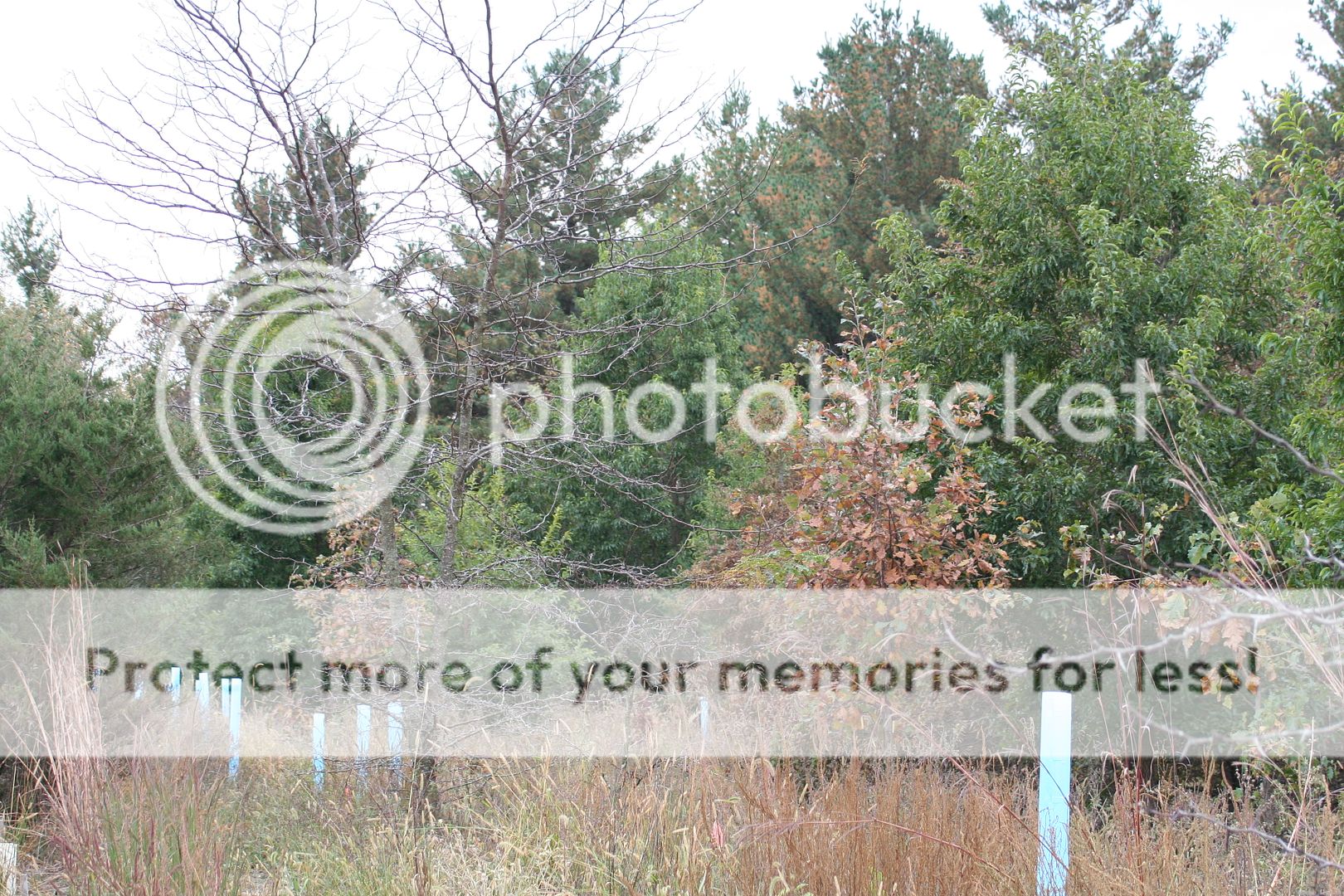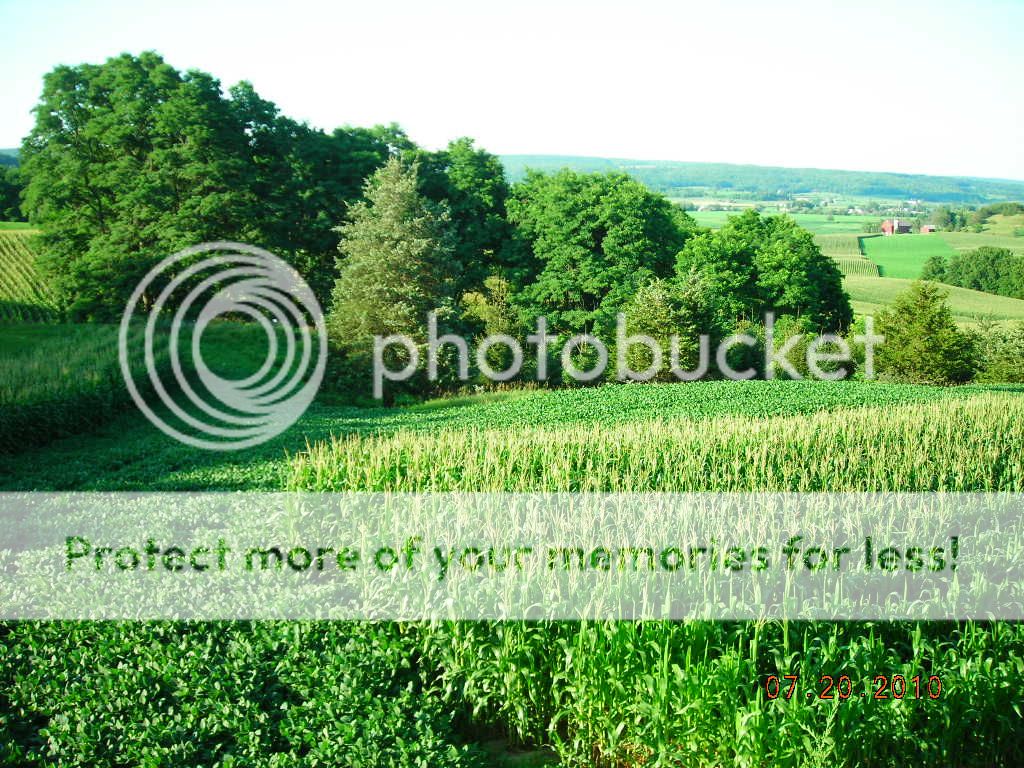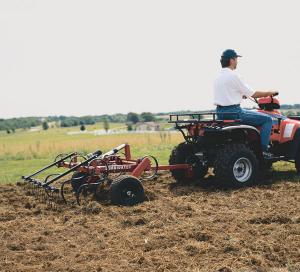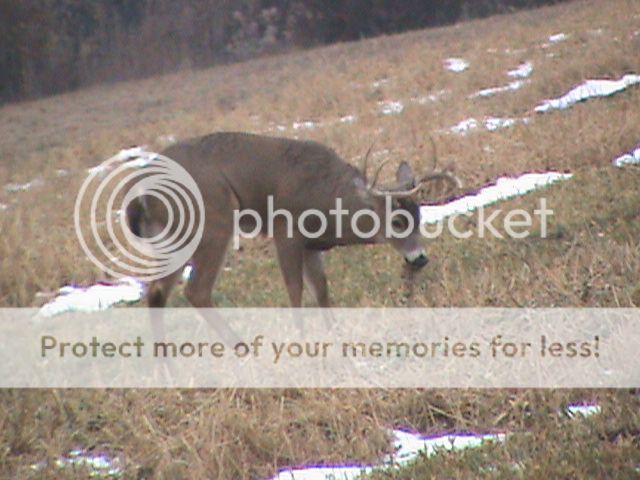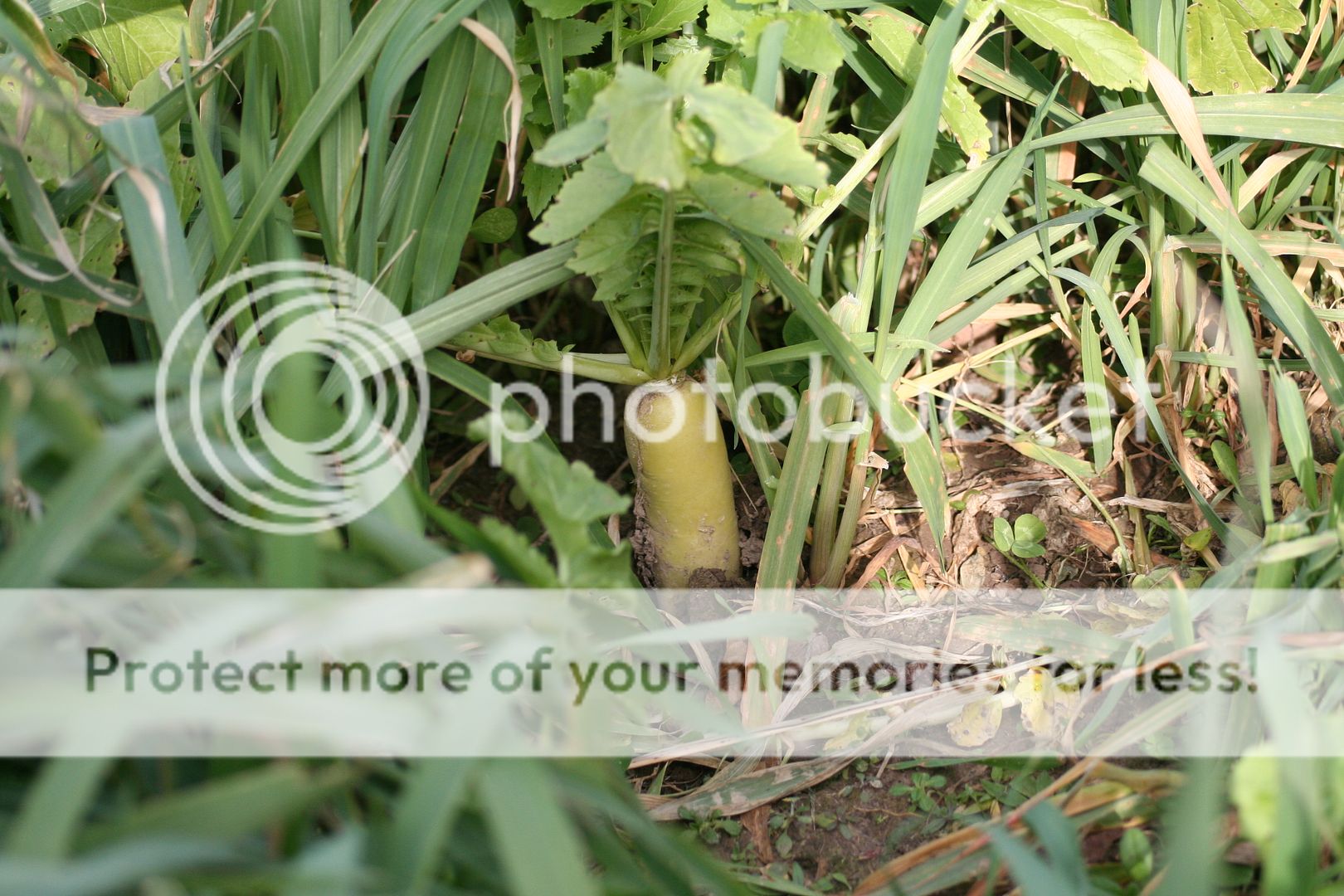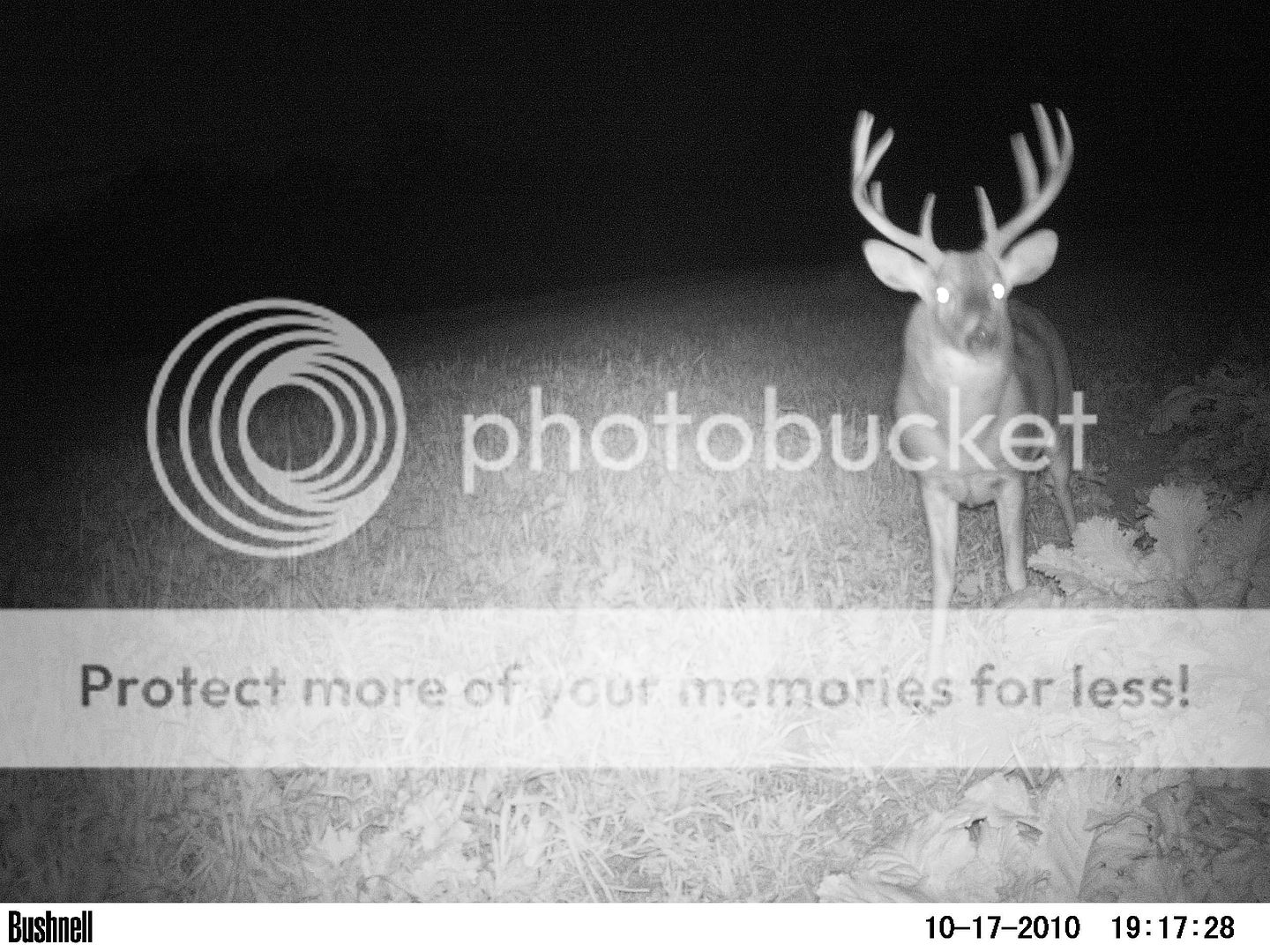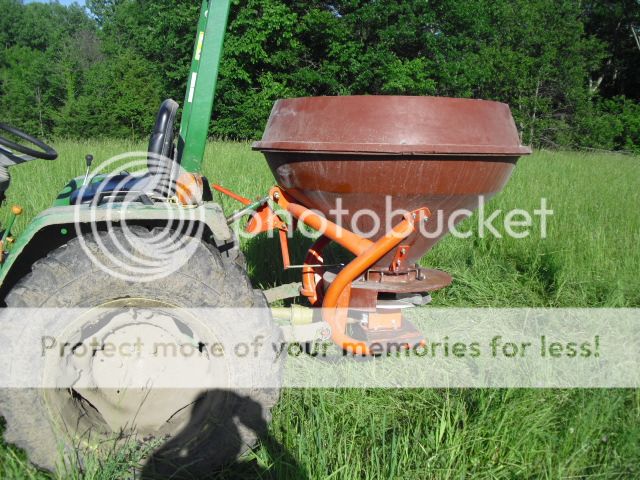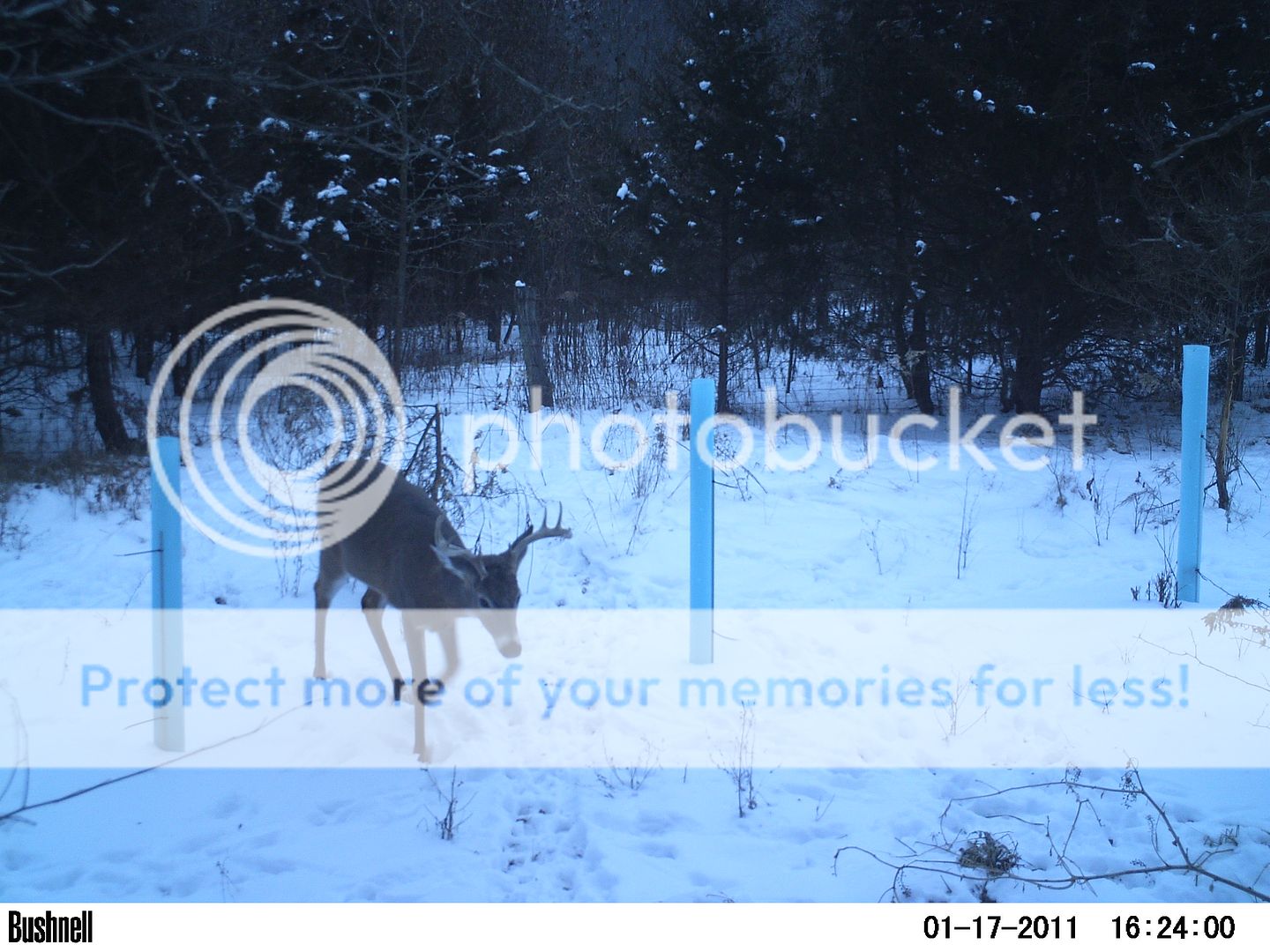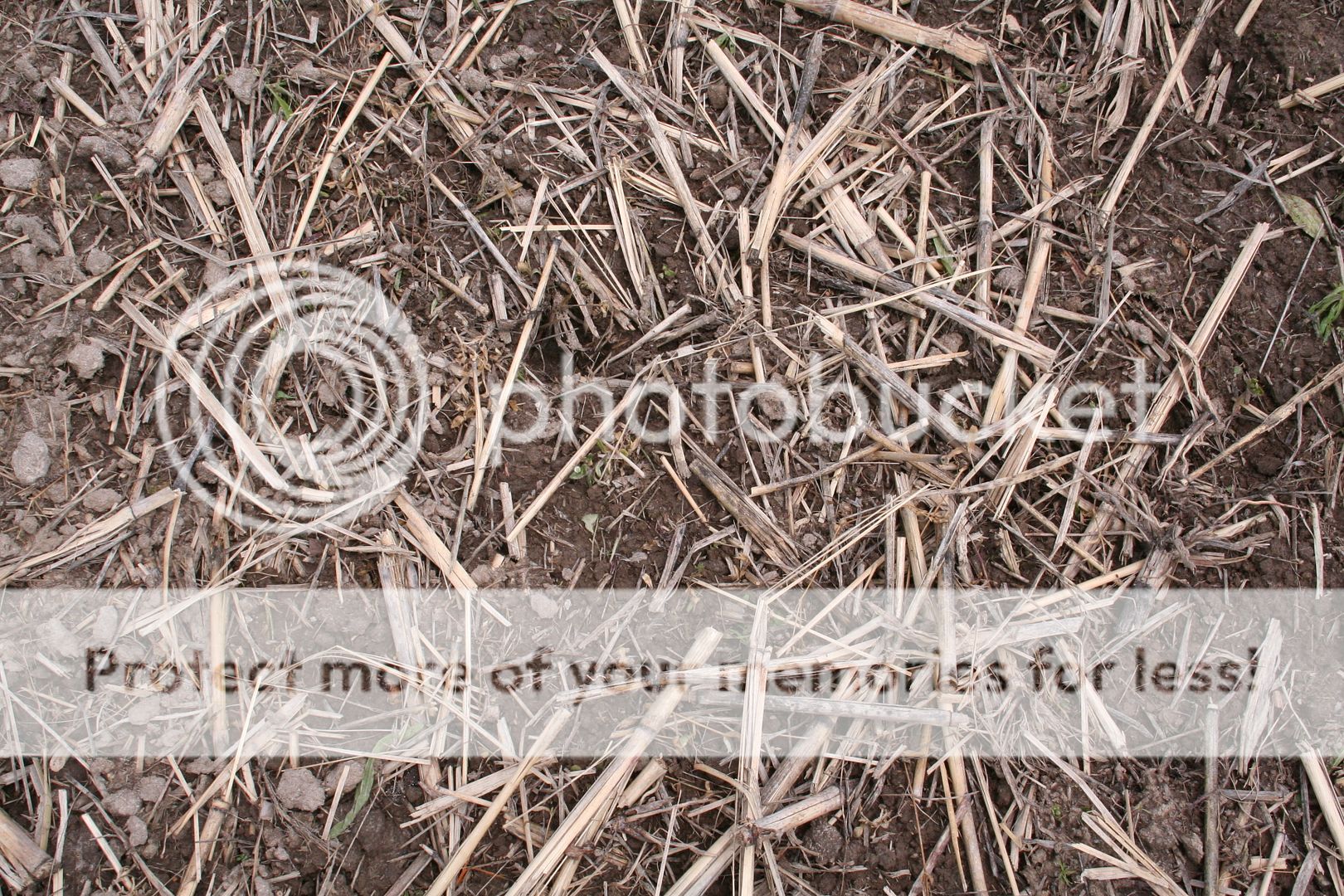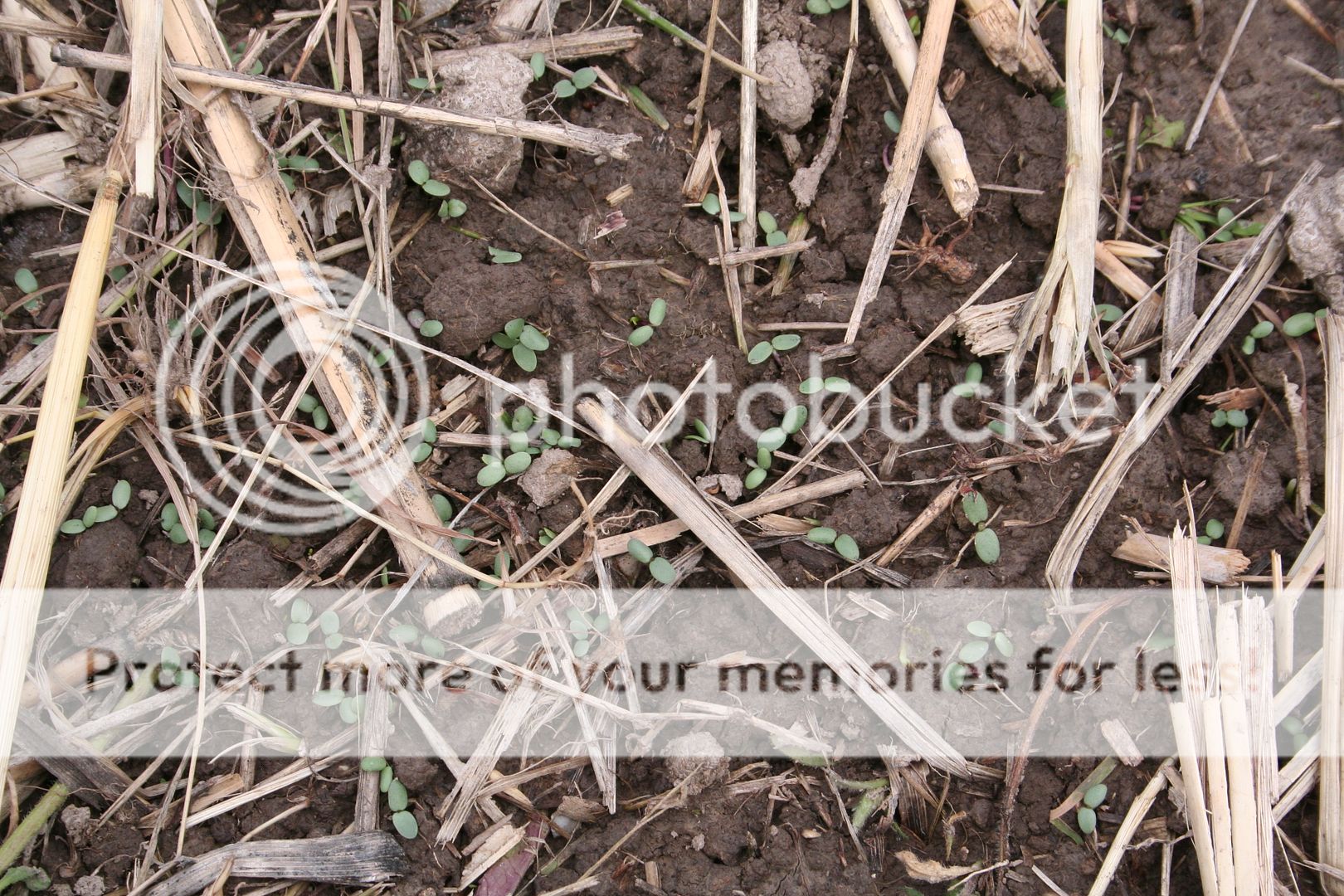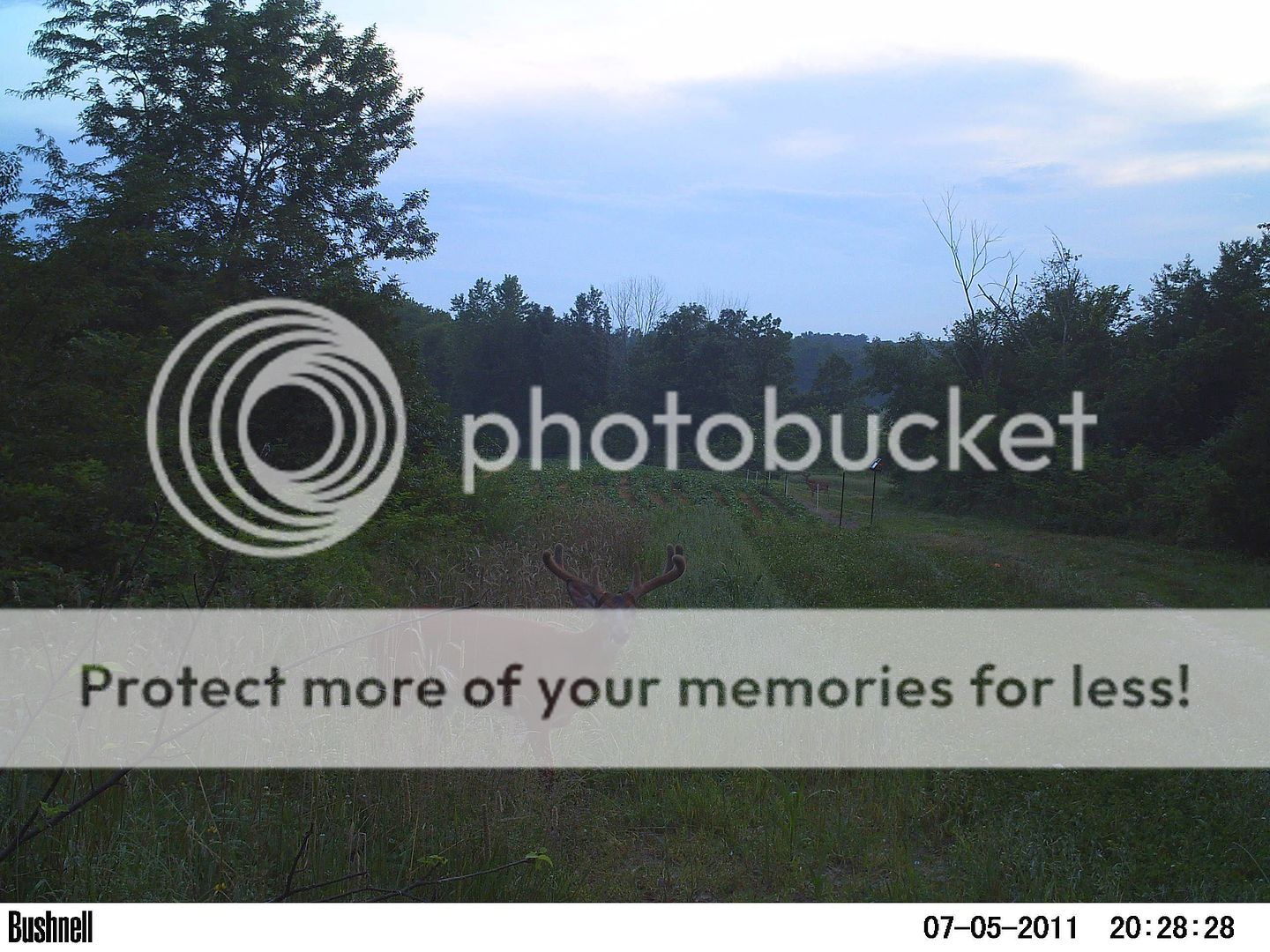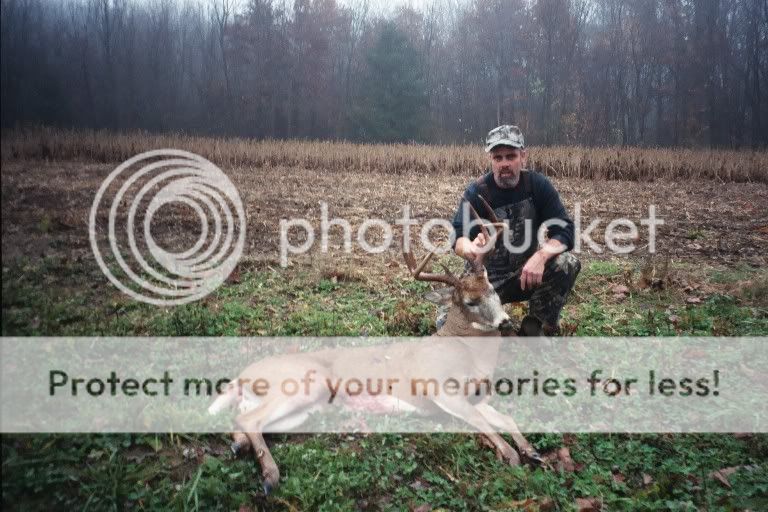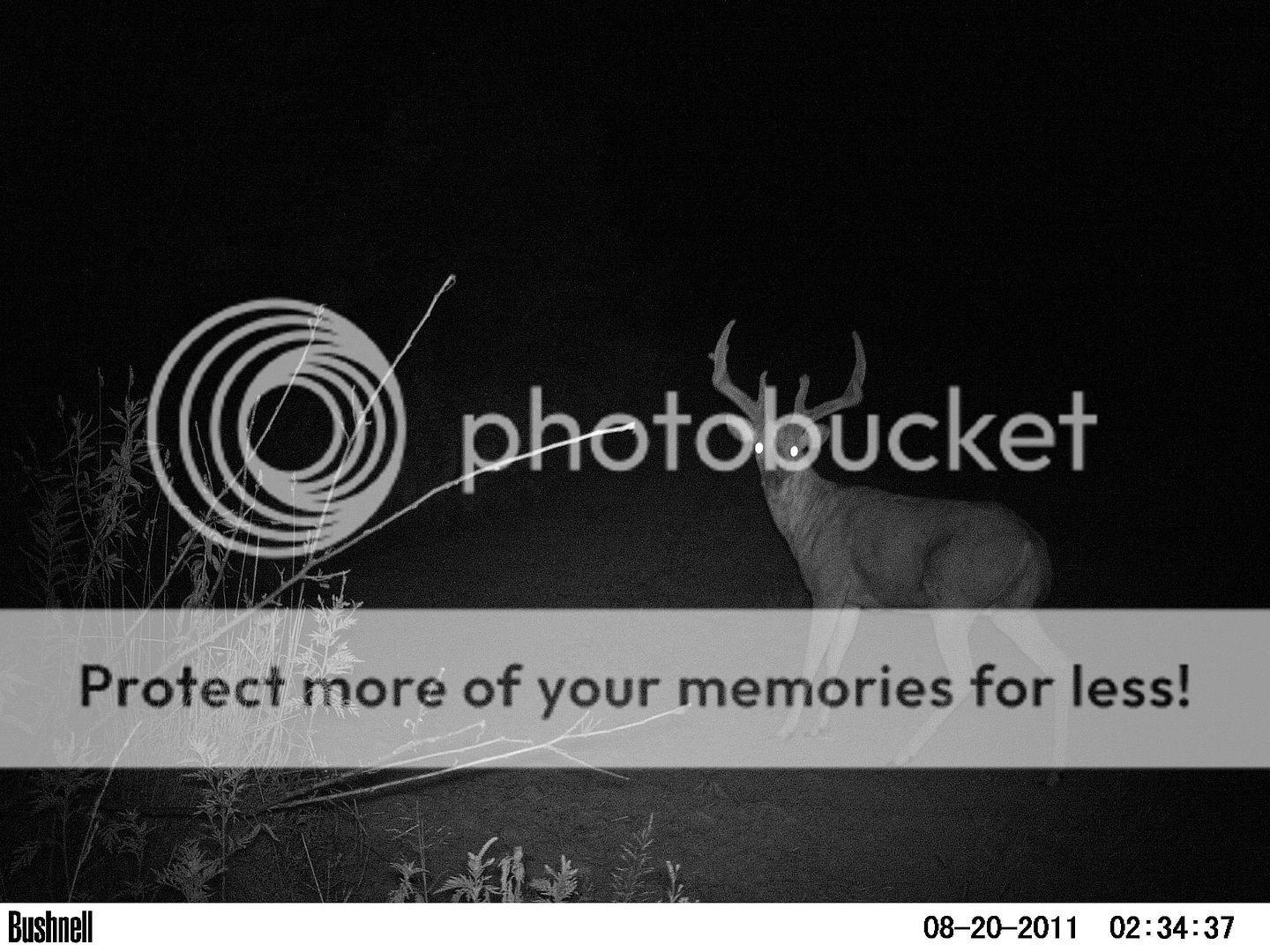Lost Arrow
Member
Note: I do not take credit for any of this information. Dbltree is the creator of these threads and I am simply putting them here to preserve them and share his knowledge. All information in these threads comes from Dbltree and Outreach Outdoors (http://www.outreachoutdoors.com/). All of this information comes from Dbltree's getting started thread at Outreach Outdoors. I have not made any changes to the information other than putting it in order into one thread.
Getting Started
This thread covers nearly every aspect of getting started with you habitat and hunting improvements on your farm but detailed information on each subject is available in Dbltree's Corner at this link:
Dbltree's Corner
New landowners have many questions when they purchase property and wonder what to do first and how best to do it? Some forethought and planning are helpful and this thread will offer some basic guidance in getting started.
New properties may range from being entirely wooded to open agricultural lands, most however will fall somewhere in between and we’ll proceed based on the premise that your new property has some mix of timber and open lands. Detailed information can be found in the individual informational threads in Dbltree’s Corner so the following is general guidelines to get you started.
Priorities should be established in regards to major habitat improvements and one of the first steps in establishing them is to look at the neighboring properties with aerial maps. Look for the strengths and weaknesses of adjoining properties (do they have awesome cover and no feed or tons of feed but little cover for instance) and then prioritize your habitat enhancements to take advantage of the strengths of your property and improve the areas most lacking.
Cover, feed and water are all extremely important and if any one of these is lacking on your property...whitetails are more likely to inhabit a neighbors habitat that may provide everything they need. Look for the limiting factors on your land and start working on those first!
Use these links to look at your own and surrounding properties
Google Earth is perhaps the best source of high quality aerial views of your property, simply download it to your computer, zoom into to your property and then click on the "email" at the top to send yourself a picture of that view. Open a gmail account, log in and send that picture to a different email account, open the picture and "save as"
Google Earth
Web Soil Survey This site has multiple uses but allows to "save as" an aerial pic of your property as well as determine soil types and Crop Suitability Ratings (CSR)
Google Maps
Terra Server
Iowa Geographic Map Server
USGS Topo Maps
Order topo maps
If you have Photoshop or some such you can "draw" on your aerial views but I simply upload them to Photobucket and then enlarge the picture, click on edit, see more, decorate (move the "pencil" (+/-)to the left to draw rather then paint, choose a color and mark away. Then "save a copy" without messing up the original, this allows you share the picture in forums or you can save a copy of the pic in PB to your puter and email it.
Photobucket
PB is free unless you exceed a certain amount of pictures or bandwidth used...

Property Layout
These are examples of property layouts...the colors indicate various habitat types and hunting options. Note the wide array of habitat improvements, the entire border is screened by shrub/conifer plantings (screens). The open land is planted to Native Warm Season Grass (NWSG), odd areas are planted to hybrid oaks (Oaks), the food plots (FP) are centrally located in the inner most hidden and secure area of the property. Apple orchards are also located in the center while bedding areas have been created by a combination of Timber Stand Improvement (TSI) and Hinging of cull trees (Bedding) The lines leading from neighboring properties are general runways but note the key Funnel areas at the ends.

It is crucial to stay away from and out of sanctuary areas so funnels away from bedding but leading to them that can be easily accessed are crucial to intercept traveling bucks during the rut.
This is a second farm, very different in natural topography but notice the centralized food sources, surrounded by NWSG and bedding areas. Note also key runways closed off by hinged funnels and edge feathering to bottleneck deer thru a couple key areas where they are easily taken with archery equipment.

This is a large parcel again showing centrally located food sources with suggested pinch points

This is an example of how one might deal with a solid patch of timber, clear out a central food source area, clear a narrow access lane around the exterior, funnel deer through a few key points leading to other areas of timber or ag fields.

The following is a more open farm and how one might lay it out. The sanctuary are I would attempt to block off to the neighboring property (green lines) and force deer back towards natural funnels. The food source is in a hidden area that would tend to travel towards a corner area and offer stand opportunities without getting to close the bedding area. It's very different then the previous example but still holds great promise if laid out properly.

These are just a few ideas to think about before you decide where to create a food source, bedding areas on other priorities.
Getting Started
This thread covers nearly every aspect of getting started with you habitat and hunting improvements on your farm but detailed information on each subject is available in Dbltree's Corner at this link:
Dbltree's Corner
New landowners have many questions when they purchase property and wonder what to do first and how best to do it? Some forethought and planning are helpful and this thread will offer some basic guidance in getting started.
New properties may range from being entirely wooded to open agricultural lands, most however will fall somewhere in between and we’ll proceed based on the premise that your new property has some mix of timber and open lands. Detailed information can be found in the individual informational threads in Dbltree’s Corner so the following is general guidelines to get you started.
Priorities should be established in regards to major habitat improvements and one of the first steps in establishing them is to look at the neighboring properties with aerial maps. Look for the strengths and weaknesses of adjoining properties (do they have awesome cover and no feed or tons of feed but little cover for instance) and then prioritize your habitat enhancements to take advantage of the strengths of your property and improve the areas most lacking.
Cover, feed and water are all extremely important and if any one of these is lacking on your property...whitetails are more likely to inhabit a neighbors habitat that may provide everything they need. Look for the limiting factors on your land and start working on those first!
Use these links to look at your own and surrounding properties
Google Earth is perhaps the best source of high quality aerial views of your property, simply download it to your computer, zoom into to your property and then click on the "email" at the top to send yourself a picture of that view. Open a gmail account, log in and send that picture to a different email account, open the picture and "save as"
Google Earth
Web Soil Survey This site has multiple uses but allows to "save as" an aerial pic of your property as well as determine soil types and Crop Suitability Ratings (CSR)
Google Maps
Terra Server
Iowa Geographic Map Server
USGS Topo Maps
Order topo maps
If you have Photoshop or some such you can "draw" on your aerial views but I simply upload them to Photobucket and then enlarge the picture, click on edit, see more, decorate (move the "pencil" (+/-)to the left to draw rather then paint, choose a color and mark away. Then "save a copy" without messing up the original, this allows you share the picture in forums or you can save a copy of the pic in PB to your puter and email it.
Photobucket
PB is free unless you exceed a certain amount of pictures or bandwidth used...
Property Layout
These are examples of property layouts...the colors indicate various habitat types and hunting options. Note the wide array of habitat improvements, the entire border is screened by shrub/conifer plantings (screens). The open land is planted to Native Warm Season Grass (NWSG), odd areas are planted to hybrid oaks (Oaks), the food plots (FP) are centrally located in the inner most hidden and secure area of the property. Apple orchards are also located in the center while bedding areas have been created by a combination of Timber Stand Improvement (TSI) and Hinging of cull trees (Bedding) The lines leading from neighboring properties are general runways but note the key Funnel areas at the ends.

It is crucial to stay away from and out of sanctuary areas so funnels away from bedding but leading to them that can be easily accessed are crucial to intercept traveling bucks during the rut.
This is a second farm, very different in natural topography but notice the centralized food sources, surrounded by NWSG and bedding areas. Note also key runways closed off by hinged funnels and edge feathering to bottleneck deer thru a couple key areas where they are easily taken with archery equipment.

This is a large parcel again showing centrally located food sources with suggested pinch points

This is an example of how one might deal with a solid patch of timber, clear out a central food source area, clear a narrow access lane around the exterior, funnel deer through a few key points leading to other areas of timber or ag fields.

The following is a more open farm and how one might lay it out. The sanctuary are I would attempt to block off to the neighboring property (green lines) and force deer back towards natural funnels. The food source is in a hidden area that would tend to travel towards a corner area and offer stand opportunities without getting to close the bedding area. It's very different then the previous example but still holds great promise if laid out properly.

These are just a few ideas to think about before you decide where to create a food source, bedding areas on other priorities.
Last edited:





